Understanding Shortlisting in Recruitment
Shortlisting applicants is a crucial first phase in the hiring process that helps find the best person for a position. It entails carefully choosing candidates from a pool of applications using predetermined standards. Securing the most qualified applicants for a position requires an understanding of the subtleties of shortlisting and the application of effective tactics.
Types of Shortlisted Candidates
- Skill-centric Candidates
Throughout the shortlisting process, candidates often distinguish themselves by possessing specific talents or relevant knowledge for the position. Importantly, resume keywords play a pivotal role in highlighting these abilities, facilitating quick identification by recruiters.
- Experience-driven Candidates
Experience is a crucial factor. While narrowing down the pool of candidates, keywords related to years of experience or particular job positions may be crucial.
- Culturally Fit Candidates
It’s critical to fit in with the corporate culture. Utilizing keywords associated with common values or cultural traits might help find applicants who fit in well with the company.

Effective Selection Criteria
a. Keyword Screening
During the screening process, the use of pertinent keywords facilitates effective resume filtering. Using keywords that are specific to the job description can help shorten the time it takes to find qualified applicants.
b. Qualification Assessment
To establish a shortlist of individuals possessing the necessary training or certificates, qualifications are assessed in alignment with the job requirements.
c. Performance Metrics
Identifying high-performing applicants becomes more accessible when their successes or specific accomplishments are emphasized using relevant keywords.
Basic Principles of Shortlisting in Recruitment
- Diversity and Equality: Ensuring the equity and inclusivity of the shortlisting process is crucial. Avoid evaluating candidates based on gender, ethnicity, or other personal characteristics. Instead, focus solely on their qualifications, experience, and competence.
- Objectivity: The shortlisting procedure must be transparent and objective, emphasizing quantifiable qualifications above opinions.
- Fairness: Equal opportunities ought to be extended to each candidate. Every application should be subject to the same, well-defined shortlisting criteria.
- Legality: Employers are required to follow anti-discrimination rules while selecting candidates for shortlisting. The legal ramifications of discriminatory practices underscore the significance of impartial and equitable selection processes.
- Actionable Steps and Shortlisting: Incorporating positive action activities into the shortlisting procedure can promote diversity and inclusivity. Additionally, proactive measures must be taken to rectify underrepresentation and provide equal opportunities for all applicants.”
How Should a Successful Shortlisting Procedure Be Structured?
- Ascertain Length of your shortlist: Your Shortlist Is: Decide on the number of candidates you aim to shortlist based on the number of vacancies and the quality of applicants.
- Establish Your Criteria: Specify the experiences, education, and training that are necessary for the position. The shortlisting of candidates will be based on these standards.
- Make a scorecard for the shortlist: Create a scorecard or scoring system to compare candidates to the predetermined standards in an unbiased manner. Here, you can use keywords associated with qualifications and skills.
- Evaluate Applicants Based on the Scorecard:
- To assign scores or ranks, evaluate each candidate’s application in relation to the scorecard. This helps to objectively determine the leading candidates.
Shortlisting for Interviews: Making the Decision
a. Refining the Shortlist
Refinement of the shortlisted candidates based on additional criteria like availability, location, or specific preferences helps in narrowing down choices.
b. Interview Readiness
Clear communication and setting expectations aid in the selection process by ensuring that we thoroughly prepare shortlisted candidates for interviews.
Optimizing Shortlisting in Recruitment
a. Automated Screening Tools
Leveraging technology and keyword-based algorithms streamlines the screening process, enhancing efficiency and accuracy.
b. Continuous Refinement
Iteratively refining shortlisting criteria based on the success of hired candidates aids in improving the recruitment process over time.

Shortlisting Process FAQs
- What Is a Job Shortlisting Process?
Shortlisting is the practice of choosing a portion of applications from a larger pool of candidates to move on to the next round of the hiring process, usually interviews.
- Why Should More Than One Person Participate in the Shortlist Process?
Including a variety of stakeholders lessens the impact of individual biases and guarantees a more thorough and objective assessment of prospects.
- What is the appropriate number of candidates to shortlist?
The number of openings and the caliber of applications determine how many individuals are shortlisted. Generally, in order to expedite the interview process, a smaller pool of highly qualified candidates is preferable.
Conclusion
Essentially, a fair, impartial, and methodical assessment of applicants using preset standards is necessary for an efficient selection. Employing keywords and objective criteria streamlines the recruiting process, ensuring that the most qualified individuals progress to the next round. Utilizing technology like artificial intelligence significantly improves the effectiveness and equity of the shortlisting process.



